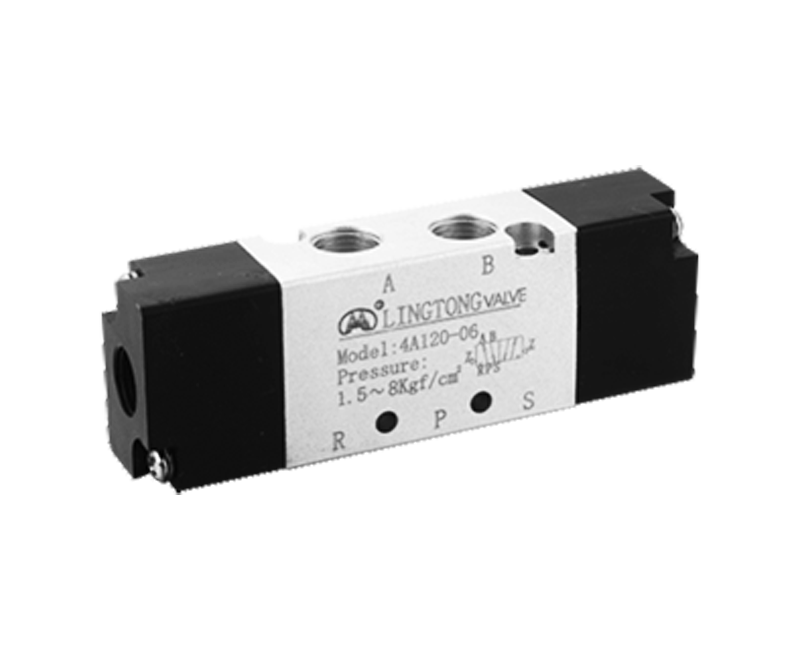A pneumatic air control valve is a device used to regulate or control the flow of compressed air in pneumatic systems. It is typically used to control the movement of actuators, such as cylinders or rotary actuators, by directing or stopping the flow of compressed air.
The working principle of a pneumatic air control valve involves the regulation of air pressure and flow. When compressed air enters the valve, it passes through various components that control its movement. Here's a basic breakdown of how it works:
1. Inlet: Compressed air enters the valve through the inlet port.
2. Spool or Poppet: The valve contains a movable spool or poppet mechanism that can block or allow airflow through different channels within the valve.
3. Actuation: The spool or poppet can be operated manually (by a lever or knob) or automatically (via solenoids, air pilots, or other actuation methods).
4. Ports: The valve has multiple ports, including the inlet port for compressed air and exhaust ports for releasing air.
5. Channels and Chambers: Inside the valve, there are channels and chambers that direct the flow of compressed air as per the position of the spool or poppet.
6. Flow Control: By adjusting the position of the spool or poppet, the valve can control the amount of airflow and the direction of air movement. It can allow, block, or modulate the flow, depending on its design and actuation method.
7. Exhaust: Depending on the valve type, excess or redirected air can be discharged through exhaust ports to maintain the desired pressure levels in the system.
100 series air control valve

100 series air control valve


 English
English 中文简体
中文简体




















